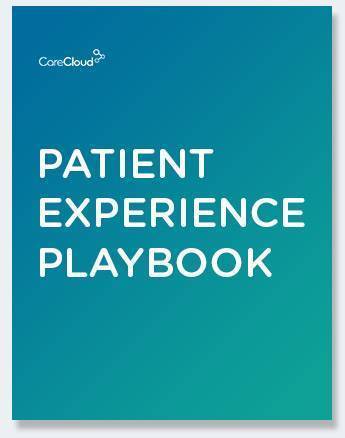By Sal Casillas
Poor patient flow systems deliver poor results. Is your practice meeting scheduling call and check-in benchmarks for the “personal touch” points in a patient’s care?
Across the medical field, there is no question healthcare operations are becoming more complex, and enhancing the patient experience has become increasingly essential to the profitability and success of a practice. In an era where accountability in healthcare has taken center stage, practices making commitments to initiatives that lead to higher quality–based measures will stand out from the rest. In this post, we evaluate the relationship between patient flow, costs, and outcomes, then provide practical tools for improving the check-in process.
Before adopting new technologies that save time (for example, to keep physicians on time for their appointments), a practice needs to evaluate how services are provided to create the most efficient process. By clearly defining patient destinations and providing signage that distinguishes check-in from check-out or for patients by type of service needed, bottlenecks can be eliminated at the front desk. Medical practice is able to elicit needed information from patients and engage them in decisions that affect their health before and after their visit. A medical practice must remember that no matter what technology it adopts, over-scheduling patients will lead eventually to a backup in the schedule.
According to Accenture, “by the end of 2019, 66 percent of U.S. health systems will offer digital self-scheduling, and 64 percent of patients will book appointments digitally, allowing existing staff to work more efficiently, and potentially saving billions in labor across the industry.” A patient waiting for staff to check in to an appointment is a patient whose visit starts with a negative impression. A waiting line of patients can lead to poor customer service and anxiety to the staff, especially when the same staff is required to answer incoming phone calls.
A new wave of electronic health record (EHR) technologies is receiving support to equip medical practices for an effective and swift patient check-in process. Best-in-class EHR systems enable medical practices to share information with patients. iPad stands within the reception area and mobile phone applications are allowing patients to check in, verify insurance information, and sign any necessary consent forms without needing a staff member to manage that process.
“Check-in staff should average four to six minutes to process a patient, which meets the industry standard of 12 patients per hour per staff member.” With these figures, the number of staff assigned at check-in can easily become inadequate for the number of patients arriving. The result is patients standing in line to check-in and eventually leading to delays in patient charts reaching the clinical staff.
According to Accenture, the average time for a patient to complete a scheduling call is eight minutes. By shifting this burden to online tools, Accenture estimates “health systems could reallocate $3.2 billion in scheduler capacity in just one year.”
Enabling online bookings provides a snapshot of the times that are most in-demand for appointments and can help guide practices in optimizing staffing for those days/times or altering office hours to accommodate more patients.
Patients’ expectations for a visit at the medical practice are shaped by the “wow” moments that come from staff going the extra mile with special requests, a physician taking an extra minute to clear a hunch, and a modern experience where technology meets patient expectations. As the escalating complexity in the demands of patients continues to grow, it is important to identify where “keeping a personal touch” to a patient lifecycle starts. Successful initiatives will increase revenue for healthcare providers, reduce administrative costs, and free physicians and other staff to spend more time on patient care.

Download the Patient Experience Playbook



